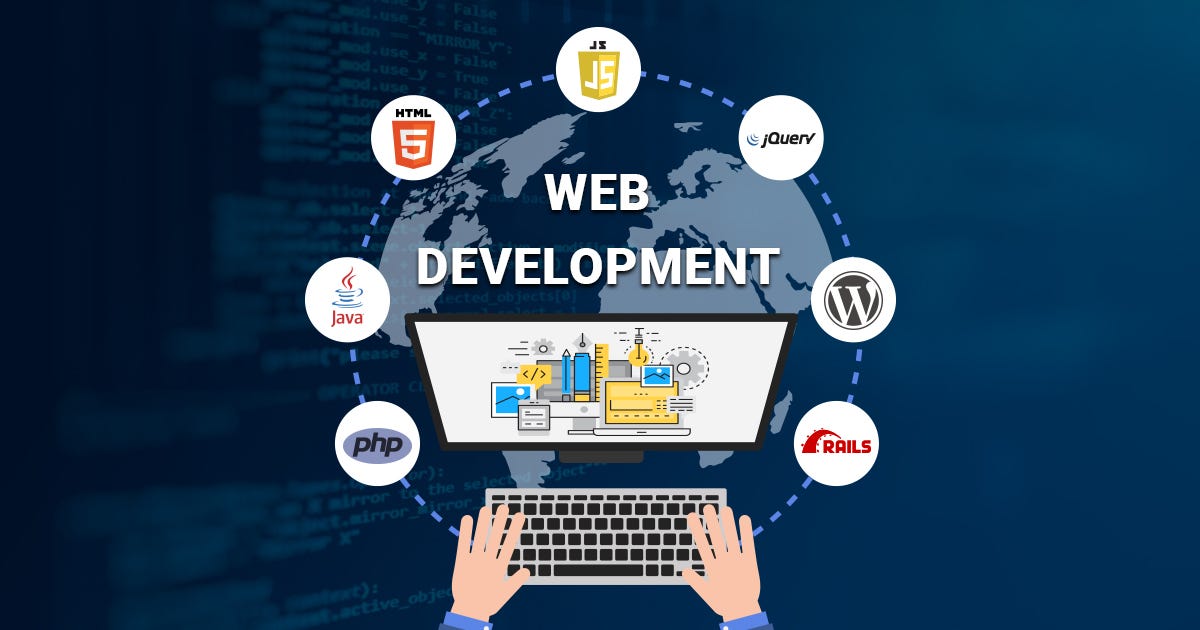Embracing the Future of the Internet
The field of web development is in a constant state of evolution, with new technologies and trends shaping the digital landscape. As we step into 2023, the world of web development is set to undergo remarkable transformations. In this article, we’ll explore the web development trends that will define the year and how they will influence the way websites are built and experienced.
1. Progressive Web Applications (PWAs)
Progressive Web Applications (PWAs) have been gaining momentum, and 2023 is poised to be their breakout year. PWAs combine the best of web and mobile applications, offering fast loading, offline capabilities, and a seamless user experience. They are platform-agnostic, making them accessible across various devices and operating systems. Expect to see more websites adopting PWA principles to enhance user engagement and accessibility.
2. Artificial Intelligence (AI) and Machine Learning Integration
AI and machine learning are not just buzzwords; they are becoming integral to web development. From chatbots providing real-time customer support to personalized content recommendations, AI-driven web applications are set to revolutionize user experiences. Developers will increasingly leverage AI and machine learning frameworks to create intelligent, responsive websites that cater to individual user preferences.
3. Web3 and Blockchain Integration
Web3, often associated with blockchain technology, is reshaping the internet as we know it. It promises decentralized, user-centric digital experiences. In 2023, we can expect more websites to integrate blockchain for secure, transparent transactions, digital identity verification, and even decentralized applications (DApps). Web3’s potential extends beyond cryptocurrencies, offering a new paradigm for online interactions.
4. Voice Search and Voice User Interfaces (VUI)
With the proliferation of smart speakers and voice-activated devices, voice search is becoming a common way for users to access information. Websites will need to optimize for voice search by providing structured data and content that aligns with conversational queries. Voice User Interfaces (VUI) will also gain prominence, requiring developers to create voice-responsive web applications.
5. WebAssembly (Wasm)
WebAssembly is a binary instruction format that enables high-performance execution of code on web browsers. It allows developers to run applications at near-native speed within web pages. In 2023, we can anticipate more complex web applications, games, and multimedia experiences that leverage WebAssembly for enhanced performance and interactivity.
6. Cybersecurity and Privacy-Centric Development
With increasing cybersecurity threats and growing concerns about data privacy, web developers will prioritize security and privacy in their projects. This includes implementing HTTPS by default, adhering to strict security standards, and ensuring user data protection. Privacy-centric design principles will become essential in web development, with a focus on user consent and data transparency.
7. Augmented Reality (AR) and Virtual Reality (VR)
AR and VR technologies are expanding beyond gaming and entertainment, finding applications in e-commerce, education, and more. Web developers will explore immersive web experiences by integrating AR and VR elements into websites. These technologies will create interactive, 3D-enhanced user interfaces and product demonstrations.
8. Single Page Applications (SPAs) and Serverless Architecture
Single Page Applications (SPAs) will continue to gain popularity for their seamless, app-like user experiences. Coupled with serverless architecture, SPAs offer scalability, reduced infrastructure costs, and rapid development cycles. Expect to see more websites adopting SPAs and serverless frameworks to meet user demands for speed and responsiveness.
Conclusion
As web development trends in 2023 unfold, we can anticipate an exciting era of innovation and user-focused experiences. From AI-driven applications to decentralized web environments, the web development landscape is evolving to meet the demands of an increasingly digital world. Staying updated with these trends and adopting relevant technologies will be essential for web developers and businesses looking to thrive in the ever-evolving digital ecosystem. In embracing these trends, we are charting a course towards a more dynamic, interconnected, and user-centric web.




